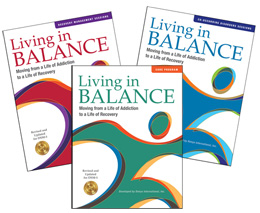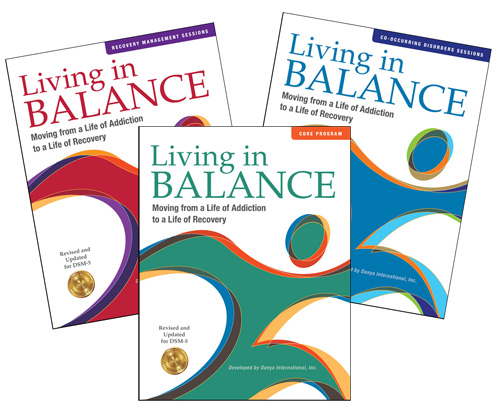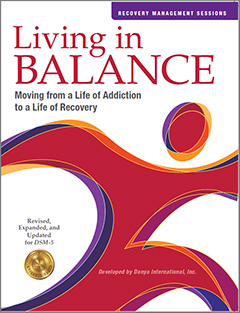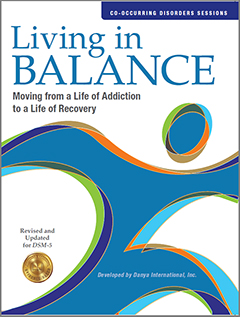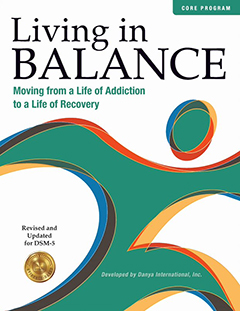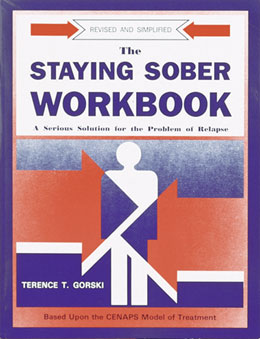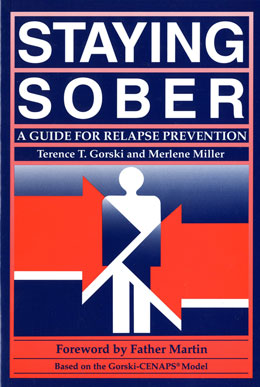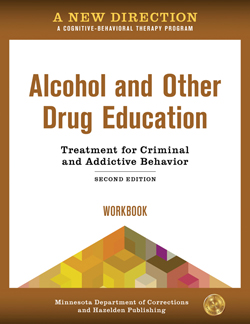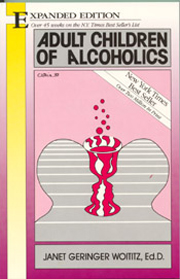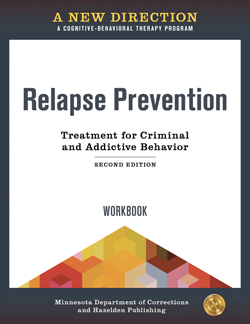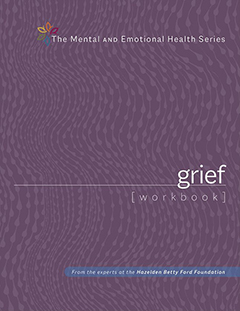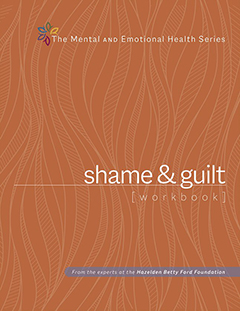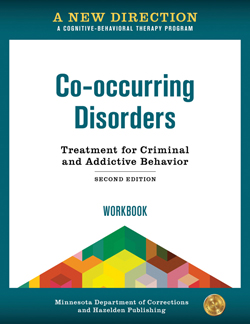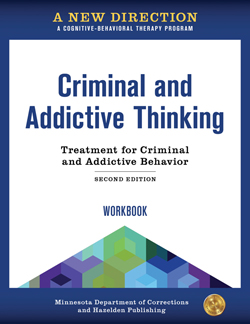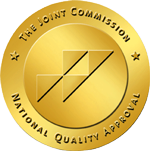This is an older version of the product. We've released a new and updated version (item 8500) in 2025, click here to view it.
Living in Balance is an evidence-based program that draws from cognitive, behavioral, and experiential treatment approaches with a strong emphasis on relapse prevention. The program uses didactic education and instruction, written exercises, group process interaction through role-plays and discussion, relaxation and visualization exercises, and group-oriented recreational therapy exercises.
The
Living in Balance program includes three separate, yet related, curricula. Each curriculum includes a printed facilitator guide, client sessions with printable worksheets, and meditation and visualization audio files on a USB.
Core Program is best used to build a solid foundation of essential education and skills for clients new to treatment and recovery from alcohol and other substance use disorders. OVER 365 PAGES OF CLIENT SESSION MATERIALS
Recovery Management Sessions is best used to help clients who already have a solid foundation in recovery to learn the skills that will help them thrive in ongoing recovery. OVER 780 PAGES OF CLIENT SESSION MATERIALS
Co-occurring Disorders Sessions is best for clients who already have a solid foundation in recovery but who need strategies to manage co-occurring substance use and mental health disorders. OVER 345 PAGES OF CLIENT SESSION MATERIALS
About the program:
- Flexible and Customizable. Designed to be effective in both group and individual settings, it can be used in all levels of care and program types: inpatient, outpatient, hospital, treatment, mental health, and corrections.
- Comprehensive. There are 47 sessions, each covering one specific topic. Addiction-related topics include relapse prevention, drug education, and self-help. In addition, sessions addressing physical health, psychosocial, and living skills help clients be more successful in recovery by addressing all major areas of living.
- Evidence-based. Developed by Danya International and tested as part of a NIDA-funded project, Living in Balance is a clinically validated, evidence-based program that has been proven to retain clients longer in treatment and reduce alcohol and other drug use.
Research behind the program:
Hoffman, et al. (1996). Psychosocial Treatments for Cocaine Abuse: 12-Month Treatment Outcomes.
Hoffman, et al. (1994). Comparative Cocaine Abuse Treatment Strategies: Enhancing Client Retention and Treatment Exposure
Purchase the complete collection and save $298!
Living in Balance is a flexible, evidence-based program that meets DSM-5 classifications. This complete program includes the Core Curriculum as well as the Recovery Management and Co-occurring Disorders sessions.
